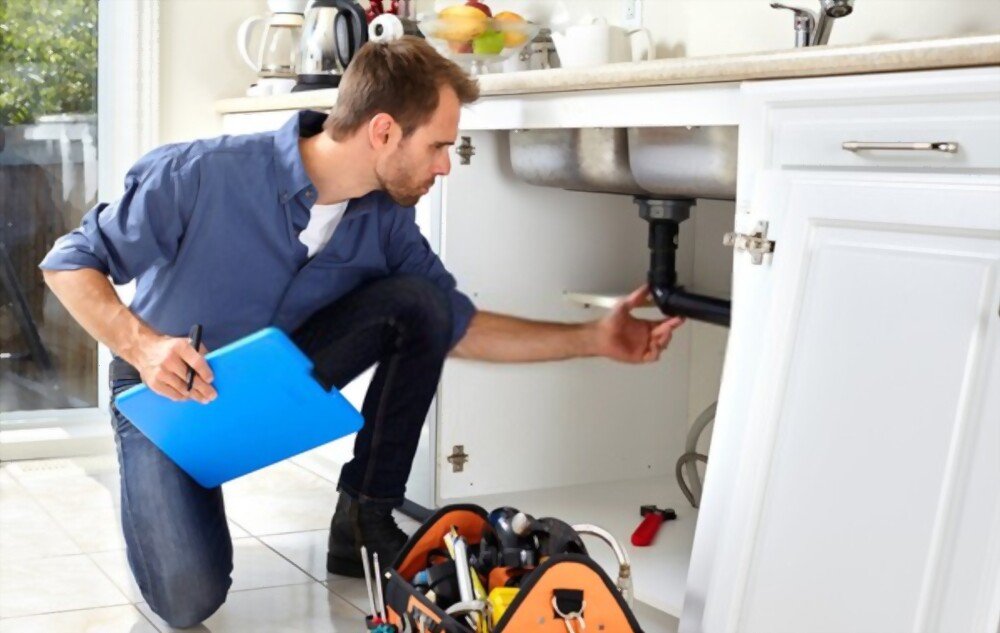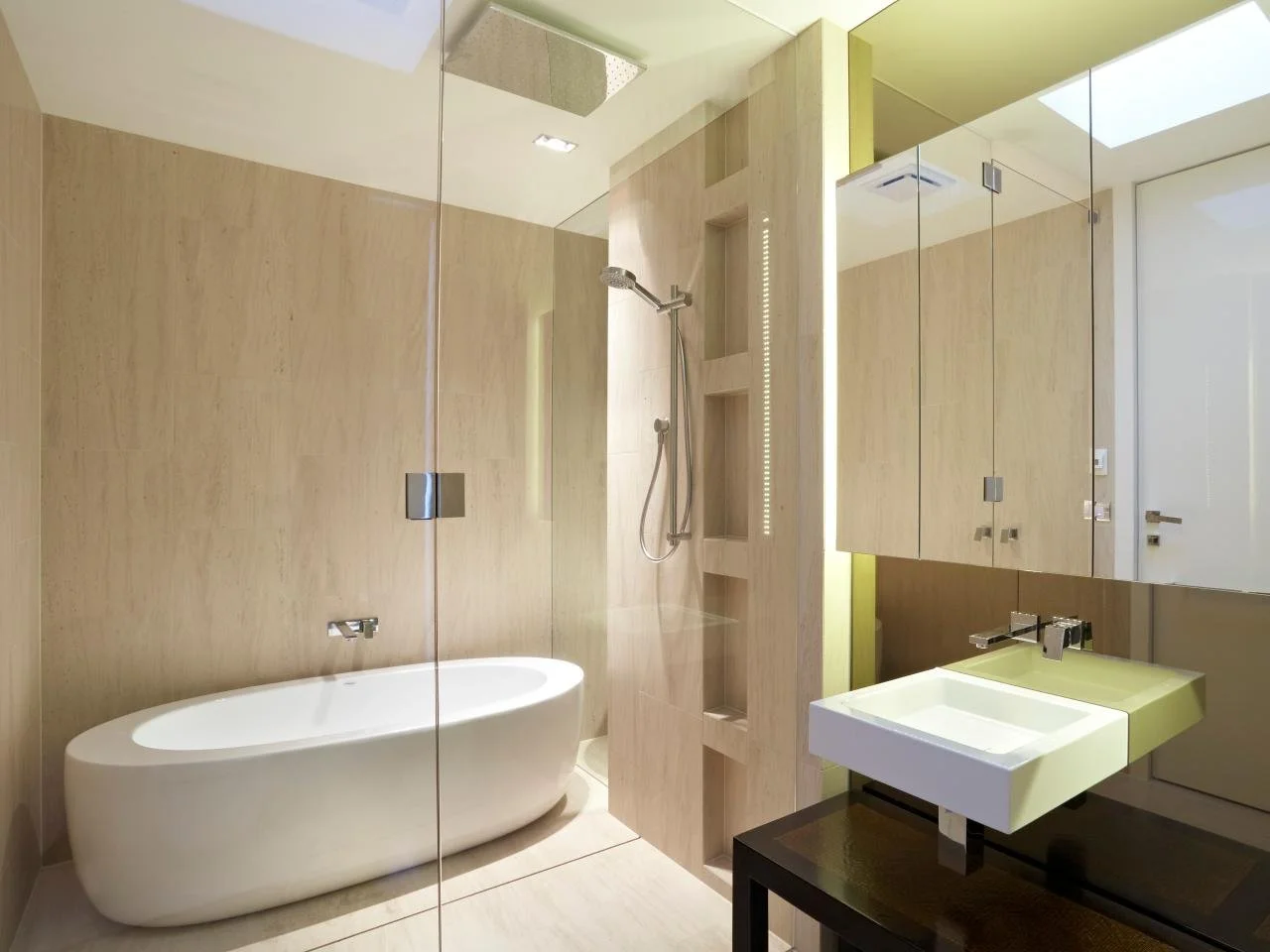Top Tools You Need to Have to Professionally Remodel Your Kitchen
RH Business Marketing Solutions
Are you in the market for a new kitchen but don't want to break the bank? Or maybe you're just handy and like doing things yourself. In either case, remodeling your kitchen yourself is a great way to save some money and get the exact look that you want. But before you start swinging hammers and tearing out cabinets, there are a few tools you'll need to have in your arsenal. In this blog post, we will discuss the top tools you'll need to have to professionally remodel your kitchen!
Table Saw
This is probably the most important tool you'll need for remodeling your kitchen. A table saw will allow you to make straight, clean cuts in lumber, which is crucial for cabinets, countertops, and flooring. When looking for the best table saw for your workshop, you'll want to consider the size of the table, the power of the motor, and the blade type. This tool is a must-have for any kitchen remodel.
Tile Saw/Tile Snap Tool
If you're planning on doing any tile work in your kitchen, then you'll need a tile saw or tile snap tool. These tools will allow you to make clean, precise cuts in ceramic or porcelain tile. They are also great for creating custom shapes and designs. A snap tool is also handy for quickly and easily cutting tiles without having to measure and mark them first. If you're not planning on doing any tile work, then you can skip this tool.
Long Level
A long level is a necessity when installing new cabinets, countertops, and flooring. This tool will help you make sure that everything is level and even. When shopping for a long level, look for one that is at least four feet long. This will give you the most versatility when working in a small space. This is an important tool that you'll use often, so make sure to get a good quality one.
Impact Driver
An impact driver is a great tool for quickly and easily driving screws into wood or other materials. This is a must-have for anyone doing any type of cabinet or countertop work. It will save you a lot of time and frustration compared to using a regular drill. When shopping for an impact driver, look for one that has at least two speeds and comes with a variety of bits. It is much more powerful than a standard drill and will make your life much easier when attaching cabinets, trim, and flooring. If you don't have an impact driver, then you can use a cordless drill, but it will not be as effective.
Various Hole Saws
Hole saws are great for making clean, precise holes in wood, drywall, or other materials. They come in various sizes and can be used for everything from installing new outlets to putting in recessed lighting. These are especially handy when installing new cabinets or countertops. When shopping for hole saws, be sure to get a variety of sizes so that you can tackle any project that comes your way.
Cordless Drill
A cordless drill is another tool that will make your life much easier when remodeling your kitchen. This will come in handy for drilling holes, driving screws, and other various tasks. When shopping for a cordless drill, look for one that is at least 18 volts and comes with a variety of bits. This will give you the most versatility when working on your project.
Pneumatic Nailer
If you're doing any trim work, then you'll need a pneumatic nailer. This tool uses compressed air to drive nails into wood or other materials. It is much faster and easier than using a hammer and nails. A pneumatic nailer is a must-have for anyone doing any type of trim work. When shopping for one, look for one that is at least 18 volts and comes with a variety of nails. This tool will make your life much easier and will help you finish your project in no time.
These are just a few of the essential tools you'll need to have to professionally remodel your kitchen. While there are other tools that you may need depending on your specific project, these are the basics that you'll need to get started. With the right tools, you can tackle any kitchen remodeling project yourself and save a lot of money in the process. Make sure to do your research and invest in quality tools that will last you a long time. This way, you can take on any future projects with confidence. We hope this article was helpful. Happy remodeling!

















